Seasonal Maintenance of Warm-Season (Southern) Grasses
- Milorganite AgronomistFebruary 22, 2020
Warm-season grasses originated in tropical regions and thrive in between 75 F and 90 F. Varieties of warm-season grasses include Bahiagrass, Bermudagrass, Buffalograss, Carpetgrass, Centipedegrass, St. Augustinegrass and Zoysiagrass. You’ll generally find these grass varieties growing in South Carolina, Georgia, Alabama, Mississippi, Louisiana, Florida, California, Arizona, New Mexico, Texas, and Arkansas. Both warm-season and cool-season grasses may grow in the transition zone—a band that runs across the country from the West to East Coasts— depending on the local climate.
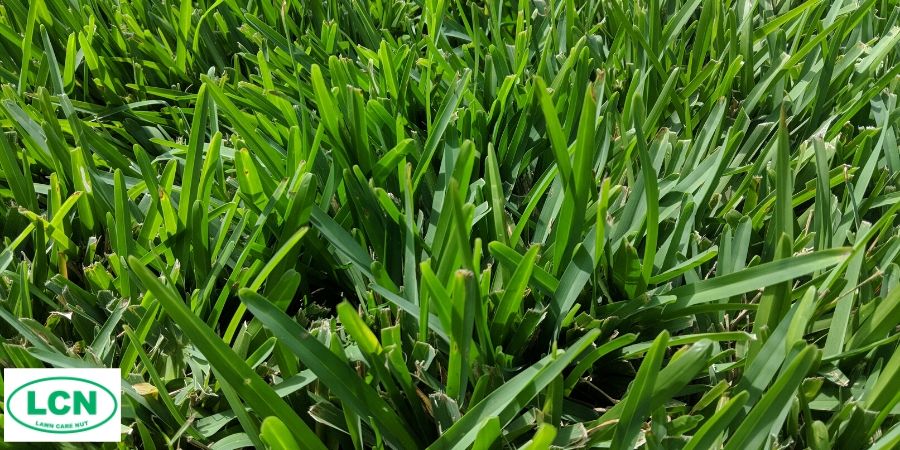
Warm-season grasses are generally heat and drought tolerant but are more susceptible to cold weather. If there is a cold snap and freezing temperatures, warm-season grasses will go dormant and resume growing when warmer weather returns. Depending on where you live, it will go dormant sometime between late fall and winter.
Whether you have warm-season or cool-season grass varieties in your yard, carefully read the label of herbicides to ensure it can be used on your variety of grass, otherwise, you may kill your entire lawn along with the weeds! Always follow manufacturer instructions and community regulations when applying anything to your lawn, including amendments, fertilizers, herbicides, and pesticides.
Here’s a season-by-season guide on how to maintain warm-season grasses.
Summer (June-August): Southern Lawns Grass Care
Water
Not watering enough during the summer can be a problem, particularly during dry spells. Lawns require 1” of water per week, whether it’s from precipitation or a garden hose. Water early in the day to help conserve water by reducing evaporation. Watering early in the day also allows the grass blades to dry out, reducing the opportunity for diseases to settle in.
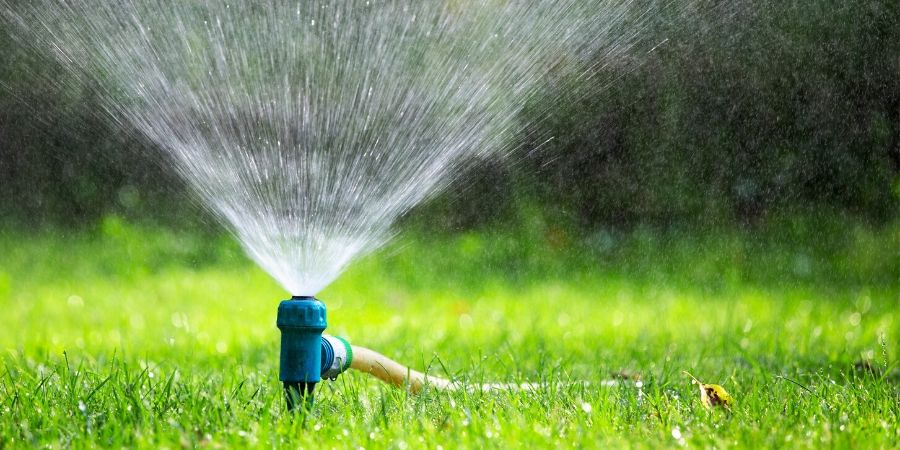
Aerate
If you didn’t have a chance to aerate in spring, there’s still time. Warm-season grasses can be aerated mid-spring through early summer while the grass is actively growing and can fill in quickly.
Mow
Continue to mow at the recommended height for your grass variety. During extremely hot or dry weather, you may consider raising the mowing height by an inch or so to help shade soil, reduce evaporation and fight weeds. The maximum height for Bermudagrass should be 3”
Disease
Lawn disease is a typical problem in the summer. There are several things you can do to help prevent or control the spread of diseases. Mower blades should be sharp to prevent grass blades from being torn, which can promote disease. Wet grass is an opportunity for fungus to establish, which is why it’s important to water early in the day so grass blades can dry out. Collect and dispose of grass clippings whenever diseases are present to prevent them from spreading.
One lawn-care practice that promotes lawn diseases might surprise you: too many nutrients. Yes, it’s possible. By over-fertilizing, often from applying Milorganite, as well as synthetic fertilizers at or around the same time, the grass is forced to grow too quickly. Forced growth weakens grass, stresses the turf out, leaving it prone to disease issues.
If lawn disease issues are a reoccurring problem, have the soil tested to find out how much nutrients you actually have in your soil. The results may surprise you!
Weeds
Spot treat weeds with a post-emergent herbicide.
Grubs
If grubs have invaded your lawn, you can treat for them anytime from spring through fall, although the best time is in mid-summer, when they’re actively feeding on grassroots and laying eggs.
Fertilize
There are always exceptions to the rule and fertilizing warm-season grasses in summer is one of them. Our recommendation is to only apply Milorganite fertilizer to warm-season grasses in early June if you missed your late May application and again in late August or early September. Remember to check your local fertilizer blackout dates and to apply four times per year, every 6-8 weeks to avoid over application.
Fall (September-November): Southern Lawns Grass Care
Dormancy
Lawns will go dormant at various times depending on your local climate and seasonal conditions. In areas that experience an annual hard frost, lawns will go dormant afterward. In the Deep South and West, lawns will continue to grow. To maintain a green lawn throughout winter, regularly water to 1” per week, which includes precipitation.
Weeds
As soil temperatures fall to about 70 F in late-summer and early-fall, it’s time to treat your lawn with a pre-emergent herbicide to help prevent winter weeds. Spot treat weeds using a post-emergent herbicide. Hold off on applying a pre-emergent herbicide to rid your lawn of weeds if you plan on overseeding in fall, most cannot be applied for 6–8 weeks after seeding.
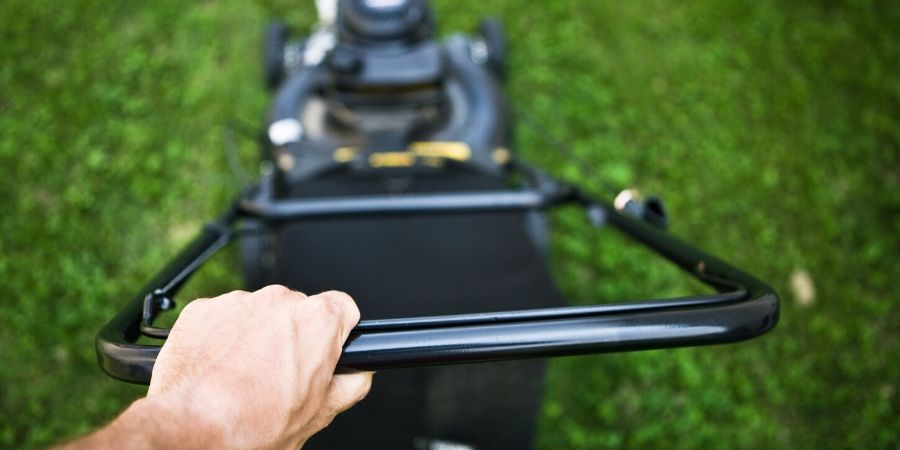
Mow
Continue to mow as needed at the recommended height for your variety of grass.
Fertilize
Fertilize with Milorganite in late August to early September and again in early October or when overseeding. Remember to check your local fertilizer blackout dates and to only apply every 6-8 weeks to avoid over application. This will application prepares your lawn for winter dormancy or keeps your grass green and growing in the South and West.
Fall is also a good time to overseed your lawn. You can mix the tiny grass seeds into the recommended amount of Milorganite and get two jobs done with every pass of the spreader. The mix of seed and Milorganite will also make it easier to see where the seed had been spread.
If you’re in an area where winter is ushered in with a killing frost, apply Milorganite at least one month prior to the average date of the first killing frost. This will help to prevent winterkill.
Avoid fertilizing all warm-season grasses in late-fall to help prevent winterkill, especially Centipedegrass and Bahiagrass, which prefer spring and summer feedings.
Winter (December–February): Southern Lawns Grass Care
Late-winter is when the action really begins again for warm-season grasses. If your lawn is greening up again or was never dormant, the activities for maintaining a healthy lawn of warm-season grasses are the same.
Weeds
The biggest challenge you’re going to face this season is winter annual weeds, such as chickweed, hairy bittercress, and annual bluegrass. It’s important to note that annual bluegrass is a weed and Kentucky bluegrass, a cool-season grass, is desirable. If your lawn tends to be “weed challenged,” this is the best season to treat it with a pre-emergent herbicide, before summer-weed seeds germinate.
You’ll know it’s time to apply a pre-emergent herbicide when soil temperatures reach 55 F, which also happens to be the same temperature at which crabgrass germinates. Spot treat winter weeds using a post-emergent herbicide or, if necessary, treat your entire lawn if weeds seem to be winning the battle.
Overseeding
If your warm-season grass goes dormant during the winter, you may consider overseeding with Kentucky bluegrass, which will keep your lawn green throughout winter. It will die out as the summer heat approaches and warm-season grasses begin to green-up again.
Water
If your lawn was dormant, begin watering again in late-winter, about March. In the southern and western areas of the country, where winter weather remains warm, warm-season grasses will continue to grow and remain green. In the transition zone, it depends on your local climate. You may be able to keep your lawn green by continuing to water throughout the season.
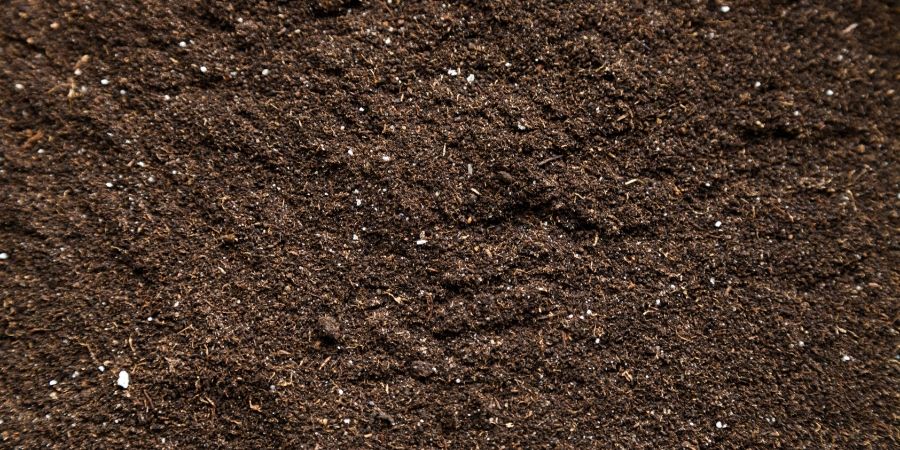
Soil Fertility
Winter is a good time to check the fertility of the soil. You can either use a home test kit or contact your local university extension office to submit a soil sample for analysis.
Fertilize
Warm-season grasses can be fertilized with Milorganite when they begin to break dormancy, which is when your lawn begins to grow and green-up, in late winter or early spring. You’ll know it’s time to fertilize when daytime temperatures are consistently in the 70s and soil temperatures are in the 60s. Here’s a tool that will help you determine soil temperatures in your area simply by entering your zip code. Fertilizing too early encourages shoot growth at the expense of root growth. Sickly, shallow roots weaken the grass and make it more susceptible to drought damage.
Warm-season grasses, such as Bermudagrass, St. Augustinegrass, Centipedegrass, Bahiagrass, and Zoysiagrass, should be fertilized four (4) times per year. The only exceptions are Centipedegrass and Bahiagrass, which should be fertilized in spring and summer. Avoiding a fall application of Milorganite will help to prevent winterkill.
Mower Maintenance
Now is a good time to get your mower ready for the growing season.
Spring (March-May): Southern Lawns Grass Care
Water
Lawns require 1” of water per week, whether it’s from Mother Nature or your garden hose. Water deeply for best results, rather than a few light sprinkles with the hose. If the weather has been dry and you don’t water, you’re not going to kill your lawn. Warm-season grasses are generally drought-resistant and very resilient. The grass will turn green again when the rain returns.
Lawn Repair
Spring is a good time to repair damaged areas of the lawn, before the summer heat returns. If your yard needs a complete overhaul, including establishing a new lawn, now is the time.
Dethatch and Aerate
Spring is a good time to dethatch and aerate warm-season-grass lawns. Dethatching removes the build-up of dead plant material to improve drainage and allow more air, water, and nutrients to reach grassroots.
Aeration is especially useful in areas with silt and clay soils, as well as high-traffic areas where the soil has been compacted. By loosening the soil and reducing compaction, aeration, like dethatching, allows air, water, and nutrients to more easily reach grassroots.
The need to aerate is based on soil type, not grass variety. Although many warm-season grass varieties grow well in the sand may not require aeration, lawns with compacted soil will benefit from aeration.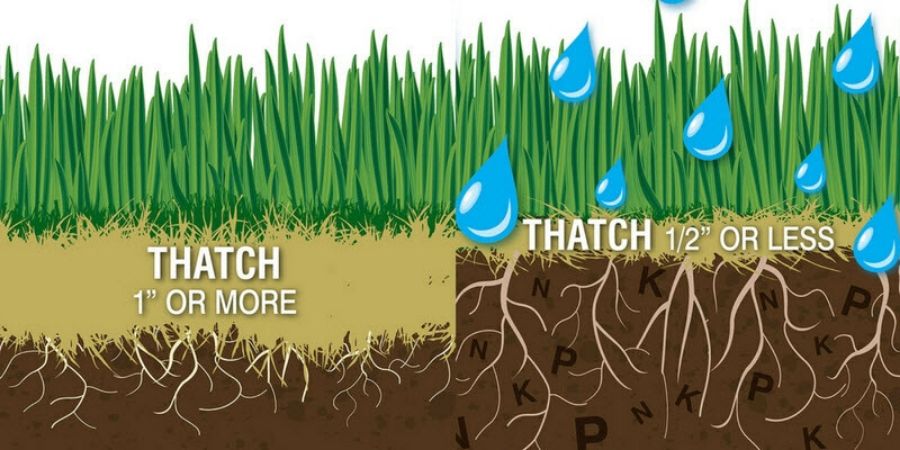
Weeds
If you didn’t apply a pre-emergent herbicide in winter, do it in early spring when temperatures reach 55 F, while it still has a chance to do its magic. In fall, pre-emergent herbicide can again be applied to your lawn to control winter weeds.
Milorganite only contains nutrients, so it also can be applied in conjunction with herbicides.
Mow
Start mowing as the grass begins to grow, which is generally when the air temperature is 65 F and above. Make sure to cut the variety of grass in your lawn to the recommended height. Bermuda grass is the only exception; it should be “scalped” to its lowest recommended height of ½” the first time you mow it in spring. Continue to mow at the recommended length of your grass variety. Leave grass clippings on the lawn to recycle the nitrogen. It’s free!
Fertilize
Fertilize your lawn after it comes out of dormancy. In the deep south and west, where there is no winter dormancy, fertilize in early-April. (As a rule of thumb, sometime around Easter.) Milorganite a good choice of fertilizer, because its slow-release nitrogen makes nutrients available to grass at a steady rate. Fertilize again around Memorial Day.
To ensure you’re evenly covering the entire lawn, when using a broadcast (rotary) spreader, divide the spreader setting in half and apply in two directions (north to south and then east to west) to get more even coverage.
If you’re applying multiple fertilizer products, make sure to read all the labels so you don’t accidentally apply too much of any one nutrient.

